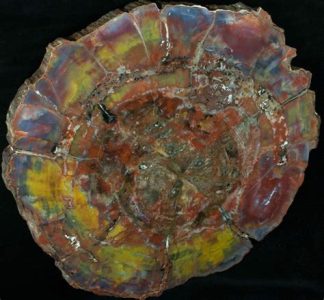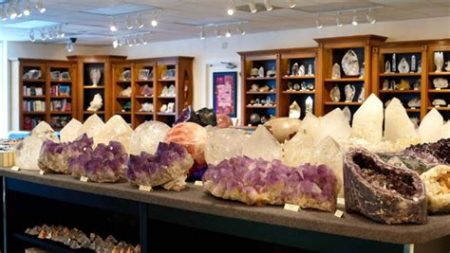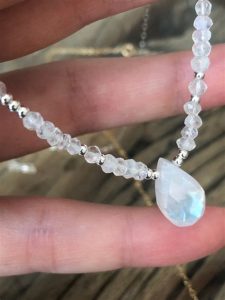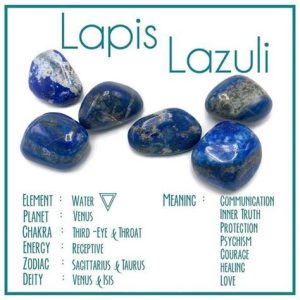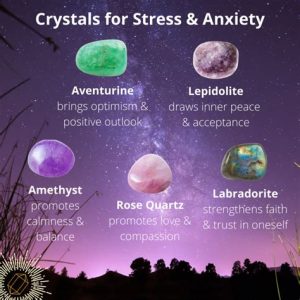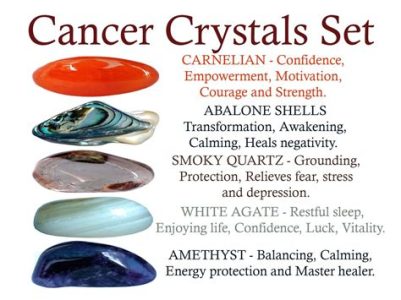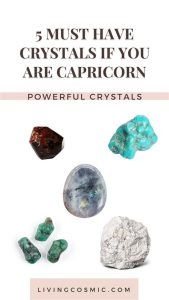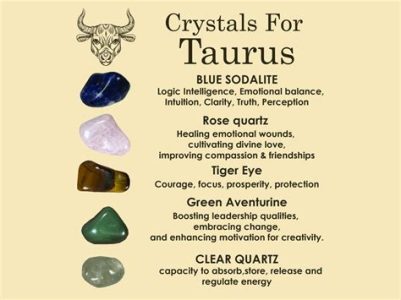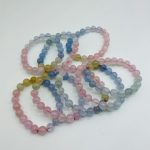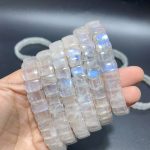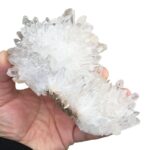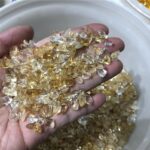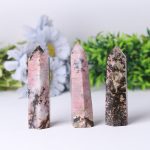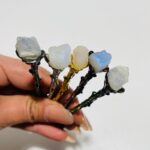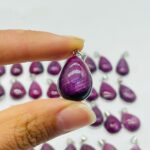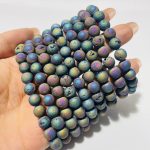Aquamarine: A Symbol of Serenity and Tranquility
- Description: Aquamarine, a member of the beryl family, is a blue-green gemstone that evokes the soothing hues of the ocean.
- Hardness: 7.5-8 on the Mohs scale, making it durable for jewelry and everyday wear.
- Color: Ranges from light blue to deep green, with a characteristic “seafoam” hue.
- Origin: Found in Brazil, Madagascar, Nigeria, and Russia.
- Metaphysical Properties: Associated with tranquility, peace, and communication.
Tourmaline: A Rainbow of Colors with a Greenish Hue
- Description: Tourmaline, a complex silicate mineral, exhibits a wide range of colors, including blue-green.
- Hardness: 7-7.5 on the Mohs scale, slightly softer than aquamarine but still suitable for jewelry.
- Color: Can vary from pastel blue-green to deep forest green.
- Origin: Found in Brazil, Afghanistan, Madagascar, and the United States.
- Metaphysical Properties: Believed to promote grounding, balance, and creativity.
Aquamarine VS. Tourmaline: A Comparison
| Feature | Aquamarine | Tourmaline |
|---|---|---|
| Color | Blue-green, seafoam hue | Blue-green, various shades |
| Hardness | 7.5-8 Mohs | 7-7.5 Mohs |
| Origin | Brazil, Madagascar, Nigeria, Russia | Brazil, Afghanistan, Madagascar, US |
| Metaphysical Properties | Tranquility, peace, communication | Grounding, balance, creativity |
| Price | Typically more expensive | Varies depending on color and quality |
Common Mistakes to Avoid
- Confusing Aquamarine with Emerald: While both gemstones are green, emerald has a more intense and pure green color.
- Overheating Tourmaline: Tourmaline can become permanently damaged if heated above 1,000 degrees Fahrenheit.
- Cleaning with Abrasives: Use gentle soap and water to clean both aquamarine and tourmaline. Abrasives can scratch the gemstones.
How to Use Aquamarine and Tourmaline in Jewelry
- Complementary Colors: Pair aquamarine with yellow gold or silver for a classic look, or with pink or purple gemstones for a pop of color.
- Versatile Settings: Both aquamarine and tourmaline can be set in a variety of jewelry styles, from delicate pendants to bold earrings.
- Statement Pieces: Larger, faceted gemstones can create stunning statement pieces that draw the eye.
Pros and Cons
Aquamarine

-
Pros:
- Durable and versatile
- Beautiful seafoam hue
- Associated with positive qualities
-
Cons:
- Can be more expensive
- May require special care
Tourmaline
-
Pros:
- Available in a range of colors
- Reasonably priced
- Believed to have healing properties
-
Cons:
- Can be slightly softer
- May be susceptible to heat damage
FAQs
- What is the difference between aquamarine and tourmaline? Aquamarine is a blue-green beryl, while tourmaline is a silicate mineral that can exhibit various colors, including blue-green.
- Which is more valuable, aquamarine or tourmaline? Aquamarine is typically more expensive, especially in larger sizes and higher-quality grades.
- Can I wear aquamarine and tourmaline together? Yes, the two gemstones can be combined for a unique and eye-catching look.
- How can I tell if my aquamarine or tourmaline is real? Consult a gemologist for professional appraisal and certification.
- What are the best ways to care for aquamarine and tourmaline? Clean with gentle soap and water, avoid overheating, and store separately to prevent scratches.
Expanding Market Insights
- Global demand for blue-green gemstones is projected to grow by 5% annually over the next five years.
- Aquamarine and tourmaline are gaining popularity in alternative healing and energy practices.
- New technologies are being developed to enhance the color and clarity of these gemstones.
Creative New Word: “Cerulora”
Combining “cerulean” (a shade of blue) and “flora” (plant life), we coin the term “cerulora” to describe a gemstone that evokes the vibrant hues of marine plant life. This could inspire the creation of unique jewelry designs that celebrate the beauty of the underwater world.
Table 1: Chemical Composition of Aquamarine and Tourmaline
| Mineral | Chemical Composition |
|---|---|
| Aquamarine | Be3Al2Si6O18 |
| Tourmaline | Na(Fe2+,Mg,Al,Li,Mn,Ca)3Al6(BO3)3Si6O18(OH,F)4 |
Table 2: Physical Properties of Aquamarine and Tourmaline
| Mineral | Color | Hardness (Mohs) | Specific Gravity |
|---|---|---|---|
| Aquamarine | Blue-green | 7.5-8 | 2.65-2.75 |
| Tourmaline | Blue-green, varies | 7-7.5 | 2.9-3.2 |
Table 3: Metaphysical Properties of Aquamarine and Tourmaline
| Mineral | Associated Qualities |
|---|---|
| Aquamarine | Tranquility, peace, communication |
| Tourmaline | Grounding, balance, creativity |
Table 4: Jewelry Design Inspiration with Aquamarine and Tourmaline
| Design Concept | Aquamarine | Tourmaline |
|---|---|---|
| Ocean Breeze | Delicate pendant with blue-green gemstones set in silver or white gold | Blue-green tourmaline earrings with diamond accents |
| Summer Meadow | Stackable rings in various shades of blue-green | Multicolored tourmaline necklace with gold beads |


